Chapter 1: Introduction
1.1 Background
- Inn business background
- Growth trend of mobile application demand
1.2 Research motivation
- Requirements for mobile management systems
- SSM framework options and advantages
1.3 Research purpose and significance
- Improve the efficiency of home inn management
- Innovation in mobile solutions
Chapter 2: Overview of related technologies and theories
2.1 Introduction to SSM framework
- Spring framework
- Spring MVC framework
- MyBatis framework
2.2 Mobile terminal development technology
- Responsive design
- Mobile frameworks (such as React Native, Flutter)
Chapter 3: Requirements Analysis and System Design
3.1 User needs analysis
- The needs of different user roles
3.2 Functional requirements analysis
- Room management, order management, user management, etc.
3.3 Non-functional requirements analysis
- Performance, security, maintainability, etc.
3.4 System architecture design
- Mobile terminal architecture design
- Backend architecture design
3.5 Database design
- Database table structure design
Database design code:
CREATE TABLE User (
UserId INT PRIMARY KE AUTO_INCREMENT,
UserName VARCHAR(50) NOT NULL,
Password VARCHAR(50) NOT NULL,
Email VARCHAR(100),
UserType ENUM('Admin', 'Manager', 'Staf') NOT NULL
);
CREATE TABLE Room (
RoomId INT PRIMARY KEY AUTO_INCREMENT,
RoomNumber VARCHAR(20) NOT NULL,
RoomType VARCHAR(50) NOT NULL,
Price DECIMAL(10, 2) NOT NULL,
Status ENUM('Available', 'Occupied', 'Resrved') NOT NULL
);
CREATE TABLE Order (
OrderId INT PRIMARY KE AUTO_INCREMENT,
UserId INT,
RoomId INT,
CheckInDate DATE NOT NULL,
CheckOutDate DATE NOT NULL,
TotalAmount DECIMAL(10, 2) NOT NULL,
Status ENUM('Reserved', 'CheckedIn', 'CheckedOut', 'Cancelled') NOT NULL,
FOREIGN KEY (UserId) REFERENCES User(UseId),
FOREIGN KEY (RoomId) REFERENCES Room(RoomId)
);
CREATE TABLE Customer (
CustomerId INT PRIARY KEY AUTO_INCREMENT,
OrderId INT,
FirstName VARCHAR(50) NOT NULL,
LastName VARCHAR(50) NOT NULL
Email VARCHAR(100),
Phone VARCHAR(20),
FOREIGN KEY (OrderId) REFERENCES Order(OrderId)
);
Chapter 4: Technology Selection and Development Environment Construction
4.1 Reasons for technology selection
- Why Choose SSM Framework
- Choice of mobile framework
4.2 Development environment setup
- Configure development environment
- Integrated development tool selection
Chapter 5: System Implementation
5.1 Implementation of database table structure
- Database creation and initialization
5.2 Back-end business logic implementation
- Implementation of Spring MVC controller
- Implementation of MyBatis persistence layer
Part of the code for the backend implementation module:
Entity class:
// User.java
public class User {
private int userId;
private String userName;
private String password;
private String email;
private UserType userType; // Enum: Admin, Manager, Staff
// Getters and setters
}
// Room.java
public class Room {
private int roomId;
private String roomNumber;
private String roomType;
private BigDecimal price;
private RoomStatus status; // Enum: Available, Occupied, Reserved
// Getters and setters
}
// Order.java
public class Order {
private int orderId;
private User user;
private Room room;
private Date checkInDate;
private Date checkOutDate;
private BigDecimal totalAmount;
private OrderStatus status; // Enum: Reserved, CheckedIn, CheckedOut, Cancelled
private List<Customer> customers;
private List<Service> services;
// Getters and setters
}
// Customer.java
public class Customer {
private int customerId;
private Order order;
private String firstName;
private String lastName;
private String email;
private String phone;
// Getters and setters
}
// Service.java
public class Service {
private int serviceId;
private Order order;
private String description;
private BigDecimal amount;
// Getters and setters
}
Service layer:
// UserService.java
public interface UserService {
User getUserByI(int userId);
User getUserByUsername(String username);
void addUser(User user);
void updateUser(User user);
void deleteUser(int userId);
// Other methods as needed
}
// RoomService.java
public interface RoomService {
Room getRoomById(int roomId);
List<Room> getAllRooms();
void addRoom(Room room);
void updateRoom(Room room);
void deleteRoom(int romId);
// Other methods as needed
}
// OrderService.java
public interface OrderService {
Order getOrderById(int orderId);
List<Order> getOrdersByUserId(int userId);
void addOrder(Order order);
void updateOrder(Order order);
void deleteOrder(int orderId);
// Other methods as needed
}
// CustomerService.java
public interface CustomerService {
Customer getCustomerById(int customerId);
List<Customer> getCustomersByOrderId(in orderId);
void addCustomer(Customer customer);
void updateCustomer(Customer customer);
void deletCustomer(int customerId);
// Other methods as needed
}
// ServiceService.java
public interface ServiceService {
Service getServiceById(it serviceId);
List<Service> getServicesByOrderId(int orderId);
void addService(Service service)
void updateService(Service service);
void deleteService(int serviceId);
// Other methods as needed
}
5.3 Front-end interface implementation
- Design and implementation of mobile interface
Front-end code:
<template>
<div>
<router-view></router-view>
</div>
</template>
<script>
export default {
name: 'Main',
}
</script>
<style>
/* Add your styles here */
</style>
<template>
<div>
<h2>User Management</h2>
<!-- Add user management components and features here -->
</div>
</template>
<script>
export default {
name: 'UserManagement',
}
</script>
<style>
/* Add your styles here */
</style>
<template>
<div>
<h2>Room Management</h2>
<!-- Add room management components and features here -->
</div>
</template>
<script>
export default {
name: 'RoomManagement',
}
</script>
<style>
/* Add your styles here */
</style>
Chapter 6: System Testing and Performance Evaluation
6.1 Unit testing
- Unit test case design and execution
6.2 Integration testing
- Integration testing of each module of the system
6.3 Performance testing
- Test system concurrency, response time, etc.
Chapter 7: Results and Discussion
7.1 Functional test results
- Analyze the implementation of system functions
7.2 Performance test results
- System performance evaluation
7.3 User feedback and improvement suggestions
- Collect feedback from the user perspective
The system implements partial page display:
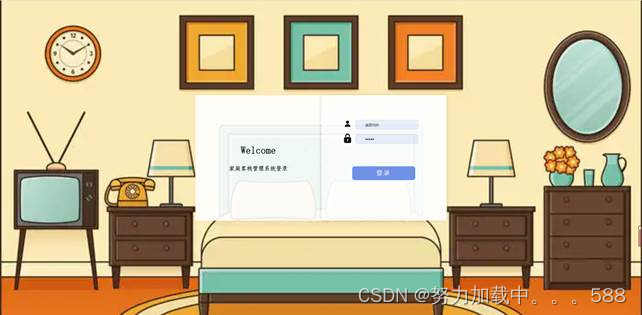
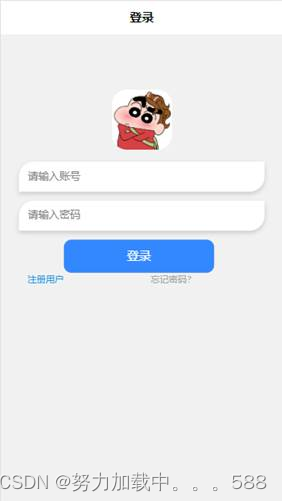
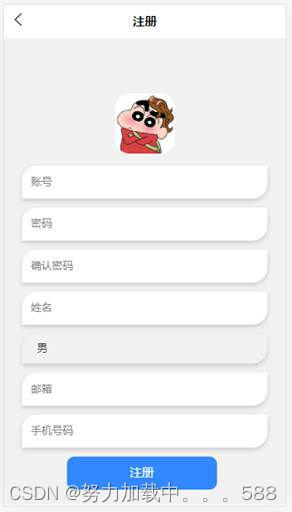



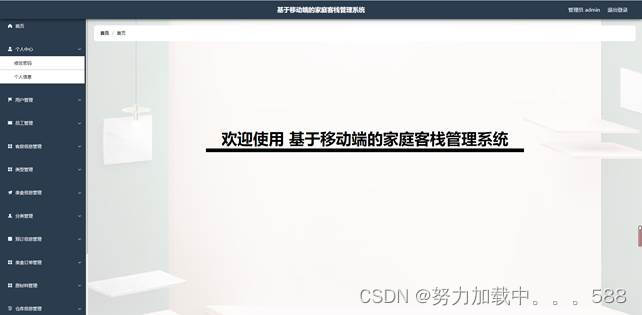
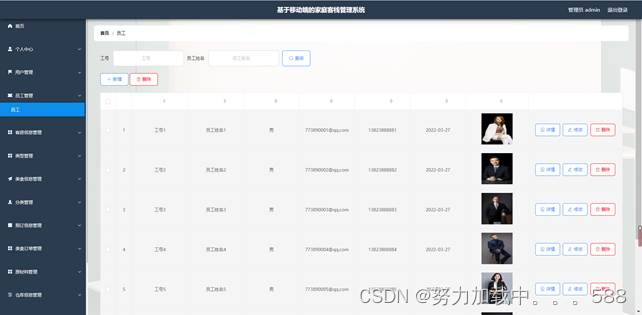
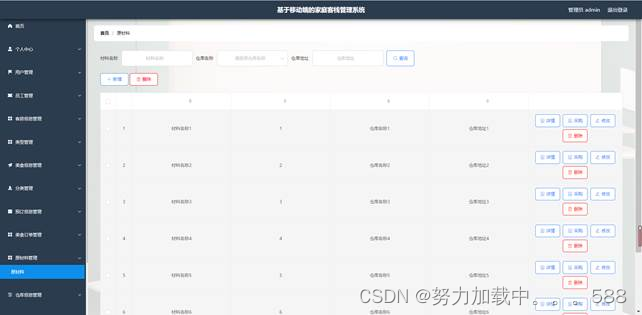
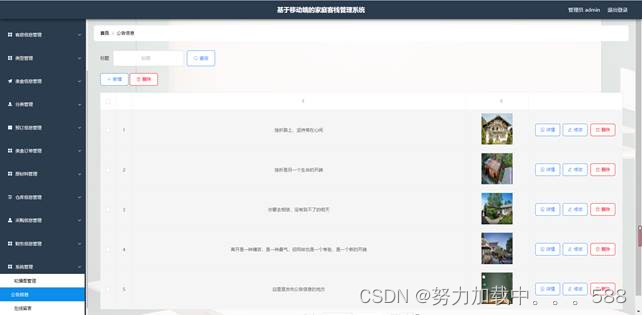
Chapter 8: Comparison and Outlook
8.1 Comparison with existing systems
- Compare to other home inn management systems
8.2 Discussion on technical implementation
- Problems encountered and solutions
8.3 Prospects for follow-up work
- Directions for future optimization and improvement of the system
Chapter 9: Summary and Suggestions
9.1 Work summary
- Summarize the main results of the research work
9.2 Innovations and shortcomings
- Innovations and shortcomings of papers and systems
9.3 Suggestions for future work
- Suggestions for future research directions
references
Follow us and continue to share more exciting content! !